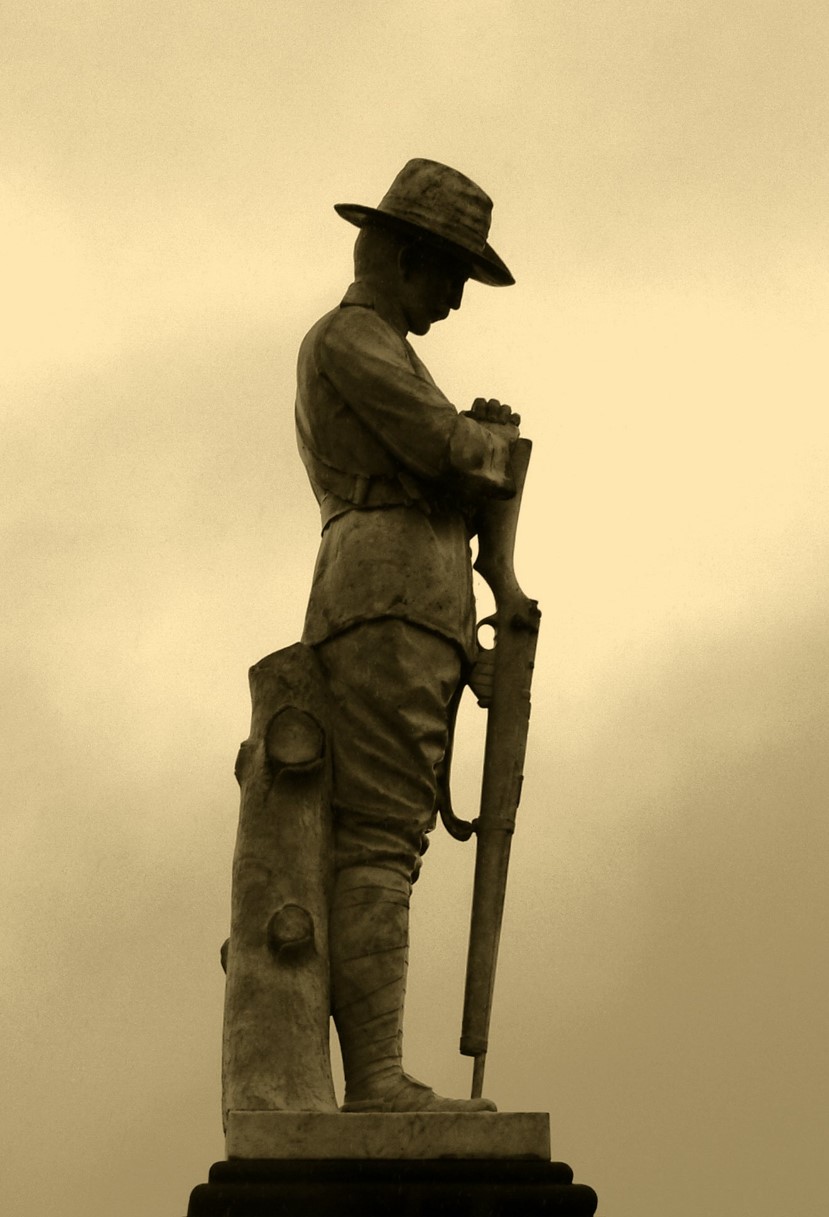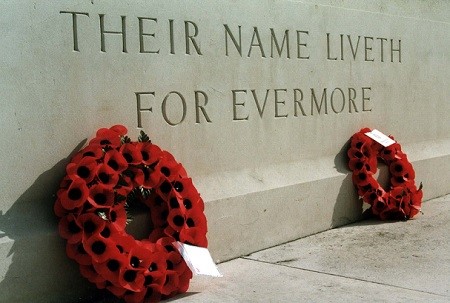Leading Aircraftman Ernest Arthur Piercy, the son of Robert Henry Piercy and Susan Piercy, was born at Bundaberg in Queensland on 8th January 1910. He was educated at the Nambour Rural School and later attended the Toowoomba Grammar School during the years 1924-1924 where he completed the Junior Public Examination. After leaving school he was employed as a Clerk with the Bank of New South Wales until June 1936 he became a manager/partner of a Real Estate & Finance Company. He applied for aircrew training in the Royal Australian Air Force on 9th May 1940. At the time of his application he was unmarried and residing at 44 Abbott Street New Farm, Brisbane. He was enrolled in the Reserve of the R.A.A.F. on 10th May 1940. At the age of 30 years and 5 months he was enlisted into the Citizen Air Force of the R.A.A.F. at No. 3 Recruiting Centre in Brisbane on 21st June 1940 after giving a commitment that he would serve for the duration of the war and an additional twelve months. He had previously served in the Citizen Military Force with the 11th Field Battery, 11th Field Brigade, Royal Australian Artillery during the period 13th May 1939 until May 1940 when he transferred to the Australian Imperial Force. He served in the Australian Imperial Force for 13 months with the rank of Sergeant and he attended the Officers’ Training School at Enoggera and had been accepted for a commission. He was discharged from the A.I.F. to enable him to join the R.A.A.F. His physical description at the time of enlistment was that he was 5 feet 8 inches in height and weighed 139 pounds. He had a dark complexion, brown eyes and brown hair. He stated that he was of the Church of England religion. He gave his next of kin as his father, Mr Robert Henry Piercy, Molesworth Street, Lismore, New South Wales.
Leading Aircraftman Ernest Piercy was allotted the service number of 404202. He joined No. 2 Initial Training School at Bradfield Park in Sydney on 21st June 1940. He joined No. 1 Air Observer School at Cootamundra in New South Wales on 19th August 1940. He was one of five students on a training exercise in a No. 1 Air Observer School DeHavilland DH84 Dragon aircraft A34-2 that crashed and burst into flames 2 miles south-west of Cootamundra at 1130 hours on 11th November 1940. The pilot and four of the students were killed and another student dangerously injured. The aircraft had stalled during a turn resulting in it going into a spin before hitting the ground and being totally destroyed. At the time of his death he was 30 years of age. He was buried in the Cootamundra General Cemetery in New South Wales.
Leading Aircraftman Ernest Piercy, at the time of his death, was 30 years of age. He was buried in the Cootamundra General Cemetery. His name is commemorated on Panel No. 116 at the Australian War Memorial in Canberra and locally on the Toowoomba Grammar School World War 2 Honour Board. For his service during World War 2 he had entitlement for the War Medal.
The following report of the accident was published in the Young Chronicle on 12th November 1940:
TRAPPED IN BURNING PLANE – SIX AIR TRAINEES LOSE THEIR LIVES – SHOCKING TRAGEDY AT COOTAMUNDRA. When a multi-engine training plane from No. 1 Air Observers’ School crashed in O’Donnell’s paddock on the western side of Cootamundra just before noon yesterday, five members of the school were incinerated. One occupant of the plane was rescued and taken to hospital, where he was admitted in a critical condition and died later. The accident was the first which had occurred at the Cootamundra School. Frank Moore and A. McGuiness rushed to the scene, and, despite the terrific heat, managed to drag one man from the wreckage. The screams from others imprisoned in the plane could be heard as the flames licked at the fabric of the machine, but rescue was impossible and the onlookers were forced to stand idly by as the machine became a shambles. Mr James Christian said that almost immediately after the plane had passed overhead there was a crash. He then saw the machine on the ground in flames. Referring to the attempts to rescue the victims, Mr Christian said “It was terrible to hear their cries and not be able to help them.” Bert Harrison, greenkeeper at the Cootamundra Golf Club, which is situated a few hundred yards from the scene of the crash, said he saw the plane near the club house, apparently on its way to the aerodrome. “It was flying normally at about 250 feet and about 500 yards from me.” Mr Harrison said. “Then it suddenly dropped like a stone. I heard a dull explosion and then saw smoke. I ran as fast as I could, but when I reached the brow of the hill a few hundred yards away the plane was blazing fiercely.”
George Gillies, labourer, of Cootamundra, who was driving a horse and cart on the road a few hundred yards away, said he saw the plane drop suddenly. It appeared to bounce once and then burst into flames. Messrs C. McGuiness and J. Roberts, who were camped nearby were among the first to arrive at the scene of the crash. An official statement issued by the Air Board said that the crew was engaged in training exercises about two miles from Cootamundra aerodrome when the crash occurred and that a multi-engine training aircraft was being used. Those who witnessed the accident said that the plane was flying at a low altitude when it appeared over the town and that the pilot was apparently endeavouring to avoid coming down in the town. Within a short time of the crash the plane had been reduced to a mass of smouldering and twisted wreckage. Flames from the burning plane set fire to the grass in the paddock, but this fire was quickly controlled by civilians present.
Toowoomba Grammar School archive records show that he enrolled as a boarder on 28th December 1925 and left the School on 4th December 1926. His parent was shown as Mr Robert Henry Piercy of Yandina. In the School’s 1940 November magazine, it was reported that he was a scrum half and received Colours in the 1st XV. Before he joined the Air Force, he was in a finance company with his brother. Whilst at School, he participated in Debating and received a Junior pass in ten subjects.




